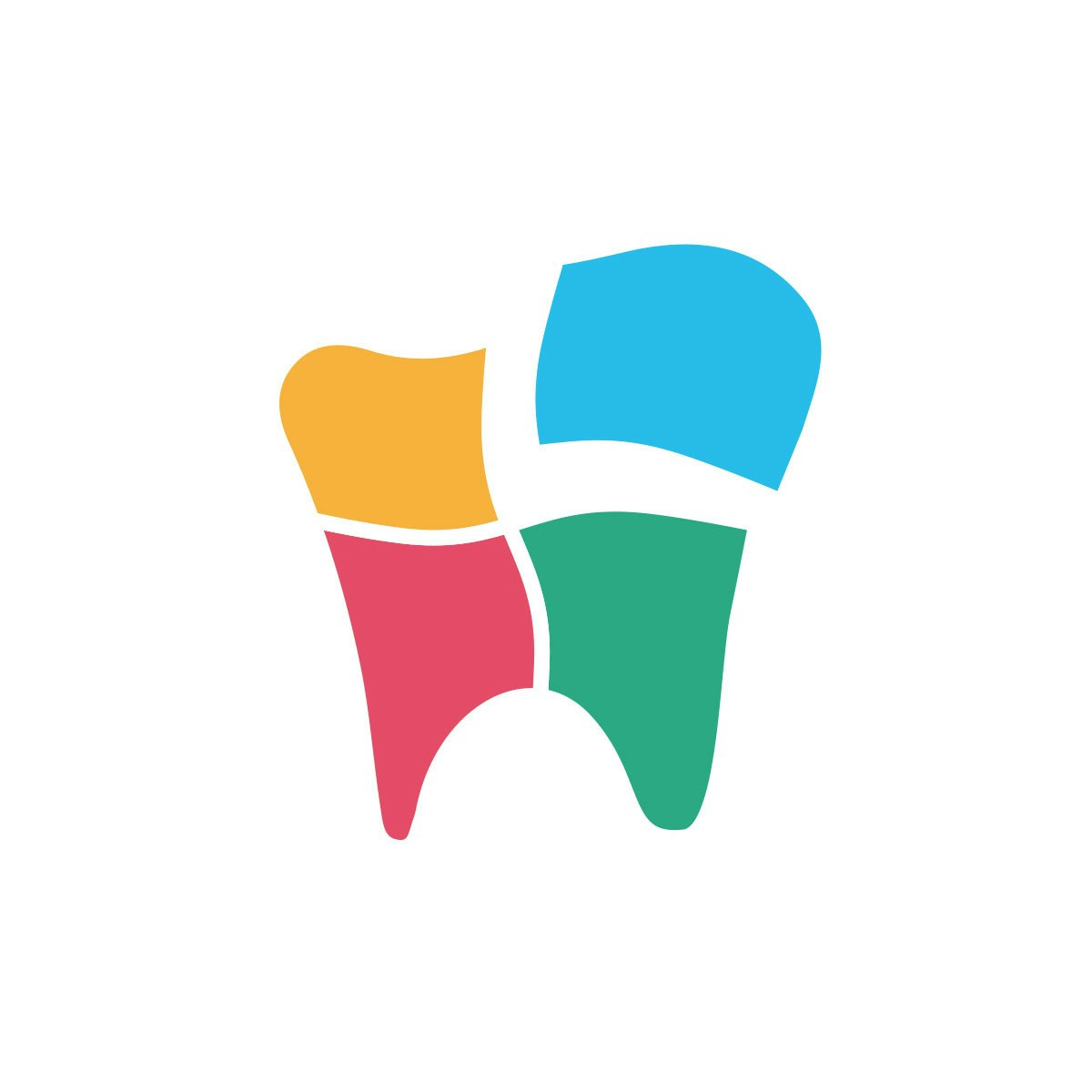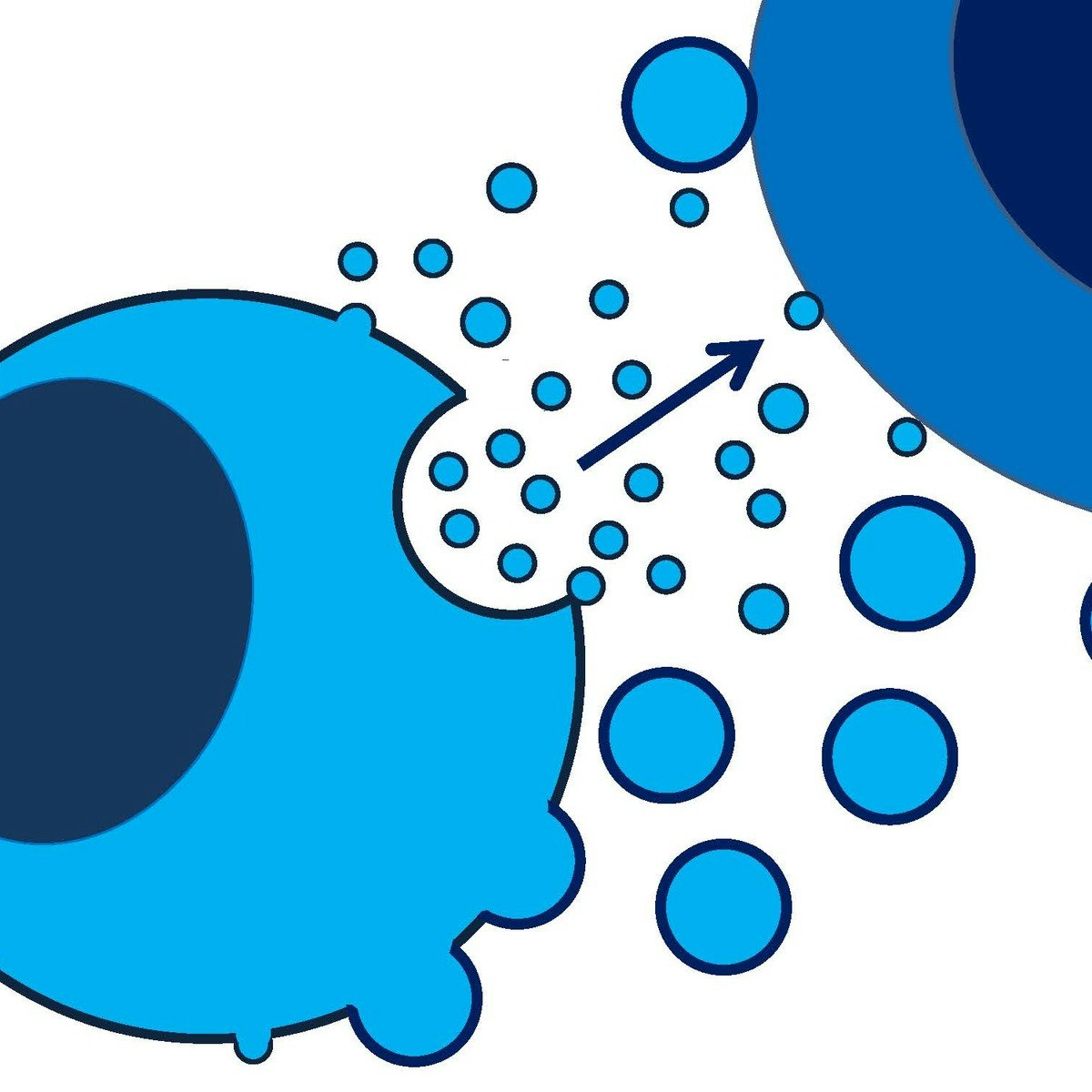Back to Courses









Basic Science Courses
Showing results 1-10 of 128

Translating Research to Communities
Health research must positively impact the lives of the general population, so the public must receive and interpret research findings in a meaningful way. That is why translating research discoveries into practice is an important phase of the translational research spectrum.
In this course, you’ll gain an introduction to the concepts of population health research and the ethical use of data science to drive advances in human health. Specifically, you’ll learn about the computational models used in population health research, the function of community partners in conducting translational research and disseminating findings, as well as the role of population health during health crises like the COVID-19 pandemic, Opioid crisis, and the Flint, Michigan, USA water crisis.
This is the fourth of five courses in the “Translational Science” series.
Introductory Human Physiology
In this course, students learn to recognize and to apply the basic concepts that govern integrated body function (as an intact organism) in the body's nine organ systems.

Introduction to Biology: Ecology
Ecology is all about connections. In this course, we’ll see how interdependent every living thing is and how people are impacting the natural world. Like all sciences, ecology isn’t just a list of known facts– it’s also a process. I love telling stories, and I’ve included many stories about how we’ve come to know what we know about ecology through observations and experiments.

Origins - Formation of the Universe, Solar System, Earth and Life
The Origins course tracks the origin of all things – from the Big Bang to the origin of the Solar System and the Earth. The course follows the evolution of life on our planet through deep geological time to present life forms.

Materials in Oral Health
The drive for development of new and novel oral biomaterials has never been more important with many people using oral biomaterials today and seeing their benefits in restoring and improving their oral health for a more enjoyable lifestyle. The unique properties of biomaterials such as titanium (Ti), zirconia (ZrO2) and various polymeric materials have made them materials of choice in oral health: dental implants, oral and maxillofacial surgery, and even regenerative medicine. Oral biomaterials research today is an exciting and intensive multidisciplinary area that encompasses contributions from a wide range of fields from professional dentistry to biology, chemistry, physics, material science, and engineering.
Materials in Oral Health is a FREE 4-week course open to all interested learners. In the course, you will learn about the special properties and benefits of biomaterials including, titanium and titanium alloys, zirconia and other alloys, ceramics, and modern composites. You will gain insights of the practical use of these biomaterials in different aspects of dentistry and clinical implications. You will realize how contemporary dentistry is about unifying synthetic materials to living tooth and bone tissues. You will get in touch with the crucial roles of digital dentistry and learn about CAD/CAM technology in crown fabrication, 3D printing and digital orthodontics. And lastly, you will be introduced to procedures and testing methods used to test significant mechanical properties of biomaterials in the research laboratory.
We cordially invite those of you who wish to make a difference in tomorrow’s dental materials and oral health development to join us in the 4-week journey in Materials in Oral Health.
You can get recognition for completion of the course by obtaining a Course Certificate. You can refer to details on: https://learner.coursera.help/hc/en-us/articles/208280196

Introduction to Systems Biology
This course will introduce the student to contemporary Systems Biology focused on mammalian cells, their constituents and their functions. Biology is moving from molecular to modular. As our knowledge of our genome and gene expression deepens and we develop lists of molecules (proteins, lipids, ions) involved in cellular processes, we need to understand how these molecules interact with each other to form modules that act as discrete functional systems. These systems underlie core subcellular processes such as signal transduction, transcription, motility and electrical excitability. In turn these processes come together to exhibit cellular behaviors such as secretion, proliferation and action potentials. What are the properties of such subcellular and cellular systems? What are the mechanisms by which emergent behaviors of systems arise? What types of experiments inform systems-level thinking? Why do we need computation and simulations to understand these systems?
The course will develop multiple lines of reasoning to answer the questions listed above. Two major reasoning threads are: the design, execution and interpretation of multivariable experiments that produce large data sets; quantitative reasoning, models and simulations. Examples will be discussed to demonstrate “how” cell- level functions arise and “why” mechanistic knowledge allows us to predict cellular behaviors leading to disease states and drug responses.

Anatomy of the Chest, Neck, Abdomen, and Pelvis
WARNING: THESE VIDEOS CONTAIN IMAGES OF HUMAN DISSECTION. MAY BE DISTURBING TO SOME.
Human structure is important to all of us as it has been for millennia. Artists, teachers, health care providers, scientists and most children try to understand the human form from stick figure drawings to electron microscopy. Learning the form of people is of great interest to us – physicians, nurses, physician assistants, emergency medical services personnel and many, many others.
Learning anatomy classically involved dissection of the deceased whether directly in the laboratory or from texts, drawings, photographs or videos. There are many wonderful resources for the study of anatomy. Developing an understanding of the human form requires significant work and a wide range of resources.
In this course, we have attempted to present succinct videos of human anatomy. Some will find these images to be disturbing and these images carry a need to respect the individual who decided to donate their remains to benefit our teaching and learning.
All of the dissections depicted in the following videos are from individuals who gave their remains to be used in the advancement of medical education and research after death to the Yale School of Medicine.
The sequence of videos is divided into classic anatomic sections. Each video has a set of learning objectives and a brief quiz at the end. Following each section there is another quiz covering the entire section in order for you to test your knowledge.
We hope these videos will help you better understand the human form, make time that you may have in the laboratory more worthwhile if you have that opportunity and help you develop an appreciation of the wonderful intricacies of people.
ANATOMY OF THE CHEST, NECK, ABDOMEN, AND PELVIS WAS PRODUCED IN PART DUE TO THE GENEROUS FUNDING OF THE DAVID F. SWENSEN FUND FOR INNOVATION IN TEACHING.
This work was supported in part by the Kaplow Family Fund, Yale School of Medicine.
COURSE CURRICULUM: ANATOMY OF THE THORAX, HEART, ABDOMEN AND PELVIS
RECOMMENDED TEXT
GRAY’S ANATOMY FOR STUDENTS, RICHARD L DRAKE, ELSEVIER. ONLINE AND PRINT EDITIONS
ADDITIONAL RESOURCE
ATLAS OF HUMAN ANATOMY, FRANK H NETTER, ELSEVIER. ONLINE AND PRINT EDITIONS.
We would like to thank all of those who have contributed to the creation of this course:
Charles C Duncan, MD, Producer & Director, Professor of Neurosurgery, Pediatrics and Surgery (Anatomy), Yale School of Medicine
William B Stewart, PhD, Associate Producer, Narration, Anatomist, Chief Section of Human Anatomy, Department of Surgery, Yale School of Medicine
Shanta E Kapadia, MBBS, Anatomist, Lecturer in Anatomy, Section of Human Anatomy, Department of Surgery, Yale School of Medicine
Linda Honan, PhD, Professor, Yale School of Nursing
Harry R Aslanian, MD, Associate Professor, Department of Medicine (Gastroenterology) Yale School of Medicine
Jonathan Puchalski, MD, Associate Professor of Internal Medicine (Pulmonary), Yale School of Medicine
Michael K. O’Brien, MD, PhD, Assistant Clinical Professor of Surgery, Yale School of Medicine
Mahan Mathur, MD, Assistant Professor of Radiology and Bio-Medical Imaging, Yale School of Medicine
Lei Wang, MLS & Kelly Perry, Technical, Yale Medical Library
Anna Nasonova, Artist, Yale School of Architecture
Rachel Hill, Artist and Technical, Yale College
Philip Lapre, Technical, Section of Anatomy, Department of Surgery, Yale School of Medicine

Fundamental Human Physiology in Sports Medicine
This is a course on fundamental sports-related musculoskeletal anatomy which provides students with a basic understanding of the musculoskeletal structure and function of different body regions. Topics include an overview of the musculoskeletal system, spine, upper limb, and lower limb.

Basics of Extracellular Vesicles
This course aims to provide the basic knowledge about extracellular vesicles (EV) a generic term including exosomes, microvesicles, microparticles, ectosomes, oncosomes, prostasomes, and many others. It covers areas such as EV history, nomenclature, biogenesis, EV cargo as well as the release and uptake mechanisms, collection and processing prior to isolation, different isolation methods, characterization and quantification techniques.
This course is divided into five modules. Module 1 is an introduction to the field and will cover the nomenclature and the history of EVs. Module 2 will focus on the biogenesis, release and uptake mechanisms of EVs as well as the different EV cargos (RNA, protein, lipids). In Module 3, we will focus on the collection and processing of cell culture media and body fluids such as blood, breast milk, cerebrospinal fluid and urine prior to isolation of EVs. Module 4 and 5 will present different isolation methods and characterization/quantification techniques, respectively. Here differential ultracentrifugation, size exclusion chromatography, density gradient, kit based precipitation, electron microscopy (EM), cryo-TEM, flow cytometry, atomic-force microscopy and nanoparticle tracking analysis will be presented.
The recommended prerequisites are college-freshman-level biology and biochemistry.
After a completed course you should be able to:
+ Discuss the nomenclature and subgroups of extracellular vesicles.
+ Describe the RNA, protein and lipid content of extracellular vesicles.
+ Describe the basic concepts about the most common isolation and characterization techniques and how these techniques are used in the EV field.
+ State the benefits and limitations of the most common isolation and characterization techniques for extracellular vesicles. + Explain the considerations that are important during the collection and isolation of EVs from different body fluid.
+ Describe the release and uptake mechanisms of extracellular vesicles
All lectures are given in English.
Each of the five modules will be followed by an exam. All exams will be in the format of multiple choice questions.
The course is organized in collaboration between the International Society for Extracellular Vesicles (ISEV), University of California Irvine (USA), University of Gothenburg (Sweden) and Pohang University of Science and Technology (South Korea).

Sleep: Neurobiology, Medicine, and Society
The objective of this course is to give students the most up-to-date information on the biological, personal, and societal relevance of sleep. Personal relevance is emphasized by the fact that the single best predictor of daytime performance is the quality of the previous night's sleep. The brain actively generates sleep, and the first section of the course is an overview of the neurobiological basis of sleep control. The course provides cellular-level understanding of how sleep deprivation, jet lag, and substances such as alcohol, ,caffeine, and nicotine alter sleep and wakefulness. The second section of the course covers sleep-dependent changes in physiology and sleep disorders medicine. Particular emphasis will be placed on disorders of excessive sleepiness, insomnia, and sleep-dependent changes in autonomic control. Chronic sleep deprivation impairs immune function and may promote obesity. Deaths due to all causes are most frequent between 4:00 and 6:00 a.m., and this second section of the class highlights the relevance of sleep for preventive medicine. The societal relevance of sleep will be considered in the final section of the class. In an increasingly complex and technologically oriented society, operator-error by one individual can have a disastrous negative impact on public health and safety. Fatigue-related performance decrements are known to have contributed as causal factors to nuclear power plant failures, transportation disasters, and medical errors.
Popular Internships and Jobs by Categories
Find Jobs & Internships
Browse
© 2024 BoostGrad | All rights reserved